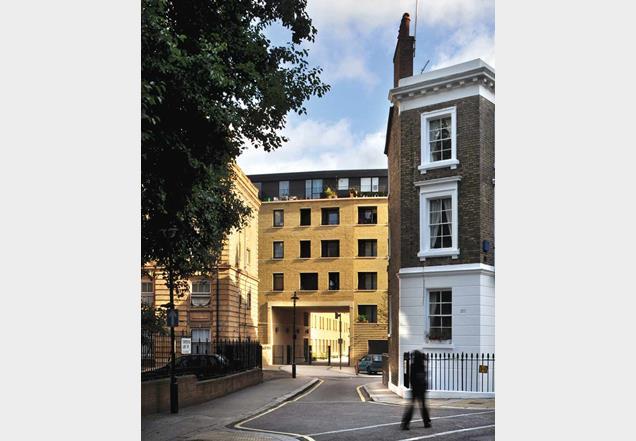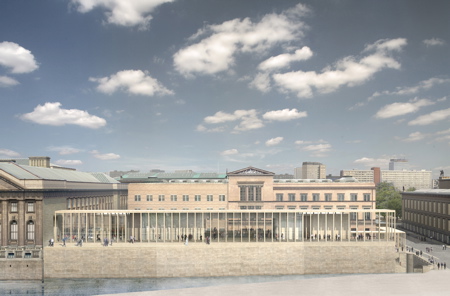The new complex will support activities for youth and adults, expected to be an exemplary cultural site, economic stimulator and generator for the development of other projects in Fez, its region and Morocco. Aimed to refurbish and rebuild existing historic structures whilst providing a mixed use of urban spaces for the community as well as visitors to the Medina.
The concept of Restore and Rejuvenate is to restore the old existing building and rejuvenate the surrounding environment. The outline of the old building will be maintained but improved for the purpose of design to eliminate the need for a total demolition. The focus is also placed on the idea of encouraging local activities in the area and promoting the rejuvenation of social activities directly, and the nearby river indirectly. The outcome of the design is also aimed at the intention to preserve and promote comprehension of unique local cultures and activities.

















